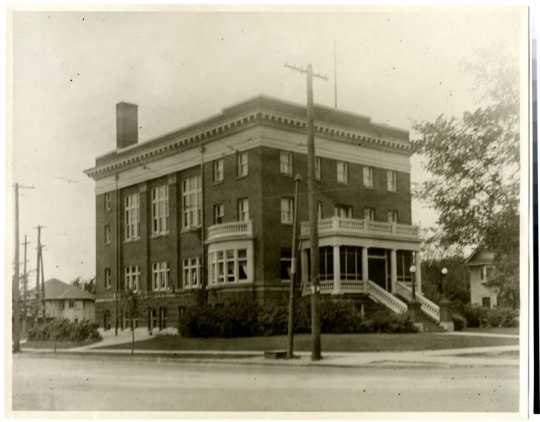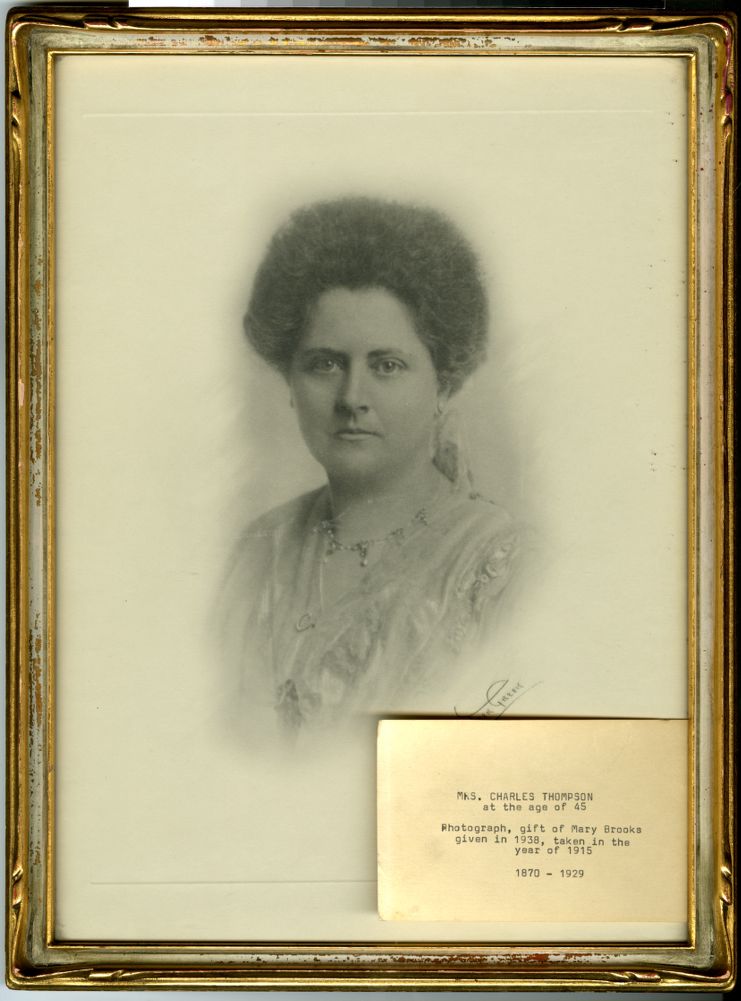This month of November holds a special significant event for Deaf Minnesotans. It is 108th anniversary for their Deaf club, Charles Thompson Memorial Hall.
Charles Thompson Memorial Hall, located in Saint Paul, Minnesota, United States, is a historic clubhouse that holds significance in Deaf culture. Constructed in 1916, it stands as the nation’s inaugural social club exclusively designed for the Deaf community.
In 2011, Charles Thompson Memorial Hall was added to the National Register of Historic Places, recognized for its significant contributions to architecture and social history at the state level. It gained this recognition for serving as a central hub for social and advocacy activities, which played a key role in establishing Minnesota as a favored destination for the Deaf community.

How did Thompson Hall Deaf Club start?
Charles Thompson Memorial Hall’s beginnings date back to the 1896 Fourth Convention of the Minnesota Association of the Deaf, held at what is now the Minnesota State Academy for the Deaf in Faribault, Minnesota. At this event, Charles Thompson, who was the son of a wealthy banker from Saint Paul, met Margaret Brooks, the daughter of Scottish immigrants living in rural Minnesota. The two fell in love, soon married, and established their home in Saint Paul, while also maintaining a lake house in Alexandria, Minnesota.
Driven by a shared passion for enhancing social interaction among Deaf individuals, the Thompsons turned their various properties in and around the Twin Cities into lively gathering spots for Deaf and hard-of-hearing Minnesotans to connect, camp, and dine. Their Alexandria home on Lake Darling became so popular with Deaf campers that they constructed permanent cabins on the property to accommodate the growing number of visitors.
Charles Thompson passed away in 1915. To honor his legacy, Margaret Thompson used her inherited wealth to commission a specially designed clubhouse for Minnesota’s Deaf community, enlisting Olof Hanson, a prominent Deaf architect, for the project. At that time, accessible meeting and event spaces for the Deaf, Deafblind, and hard-of-hearing communities in Minnesota were scarce.

During the dedication ceremony in 1916, Margaret laid the cornerstone before a crowd of 500 people. She also declared that she would place the building, along with a $45,000 trust fund (equivalent to $1,299,616 in 2024), under the care of a board of trustees. This ensured the clubhouse would always be available, free of charge, to all Deaf Minnesotans, regardless of their religious or political affiliations.
What is Thompson Hall Deaf Club?
The building included a spacious assembly hall, a bowling alley, a social hall, a maplewood dance floor, and a children’s play area. It was designed with large windows and high ceilings to enhance lighting, ensuring that American Sign Language (ASL) signs were clearly visible. On certain evenings, new films featuring closed captioning were projected onto a curtain on stage.
Thompson Hall Deaf Club through History
Since 1917, the Minnesota Association of the Deaf has regularly utilized the space for their biennial conventions. In 1957, the Memorial Hall started publishing its official newsletter, The Thompson Hall Newsletter, which was renamed the Minnesota Deaf Newsletter in 2002. This publication featured event listings and updates about the social space, along with news about the Minnesota State Academy for the Deaf in Faribault, local Deaf sports teams, the Minnesota Association of the Deaf, and other important updates for the Deaf, Deafblind, and hard-of-hearing community.
In the 21st century, the clubhouse has achieved several historical milestones. It was added to the National Register of Historic Places in 2011, and in 2016, members celebrated the 100th anniversary of their cherished social club. Although they have faced challenges in maintaining the space, ensuring its accessibility to all, and attracting younger members, the Charles Thompson Memorial Hall remains a testament to over a century of dedication and effort by Deaf, Deafblind, and hard-of-hearing Minnesotans.
A Personal Note from Amy
I visited the Deaf club in 2004. I was awed of the historical aspects of the building and Deaf Minnesotans were very friendly and welcoming.
On a personal note, I recently explored my family tree and discovered that Charles Thompson was my 8th cousin four times removed, through common ancestors Arthur Allen and Elizabeth Mansfield. Additionally, through my maternal grandmother’s line, I found connections to other notable figures in Deaf history, including Thomas Hopkins Gallaudet and Eliza Crocker Boardman, who was married to Laurent Clerc (believed to be the first registered Deaf married couple). I’m also related to Alexander Graham Bell and Helen Keller, along with several others too numerous to mention here. 😄
Until next time, ta ta! 😄🤟🏻



